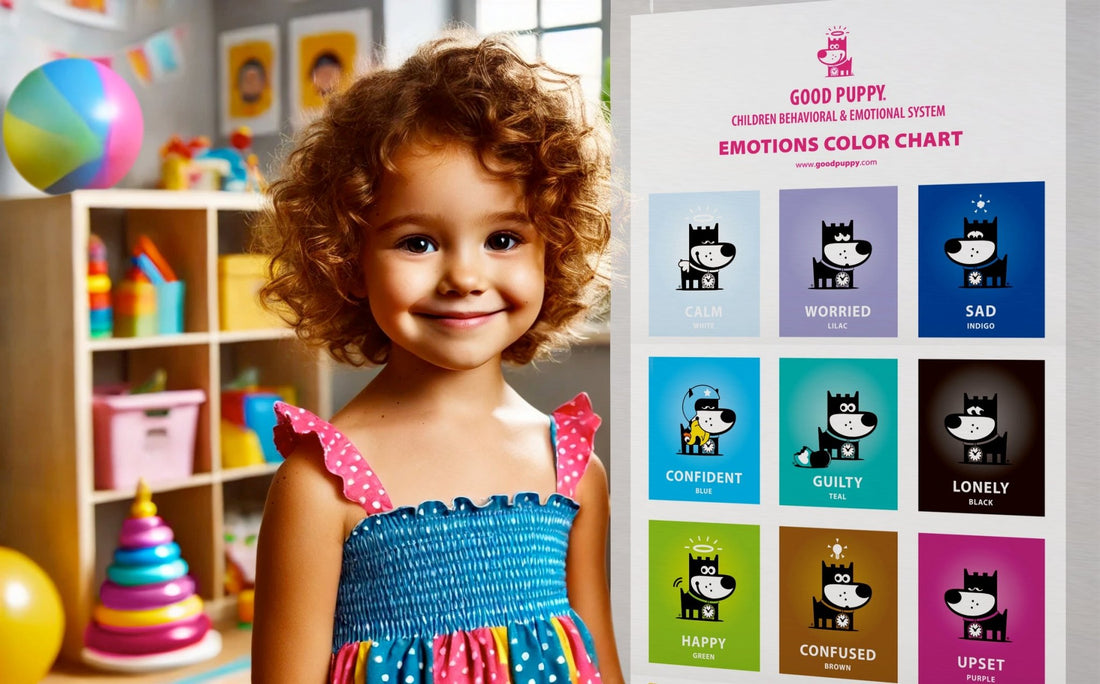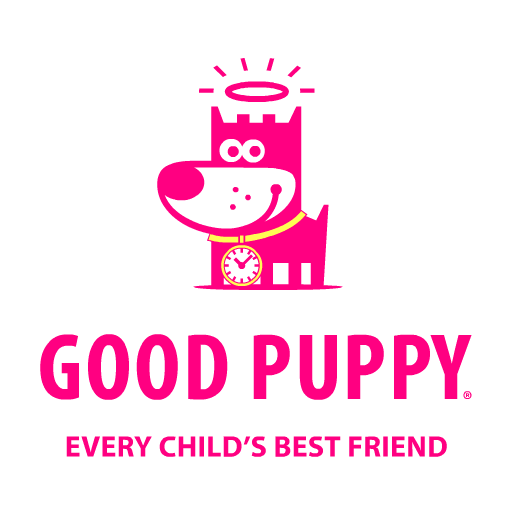
The Benefits of Teaching Emotions to Children
Share
Teaching children about emotions is an essential part of their development, helping them understand, express, and manage their feelings effectively. When children learn to identify and communicate their emotions, they gain the ability to verbalize what they feel instead of acting out. This not only fosters better communication but also promotes healthier relationships and emotional well-being.
Why Teaching Emotions Matters
Improved Communication: When children can name their emotions, they can communicate their needs and feelings more clearly. This reduces misunderstandings and conflicts, helping them to articulate their thoughts rather than resorting to tantrums or misbehavior.
Emotional Regulation: Understanding emotions helps children regulate their responses. Recognizing when they are angry, sad, or frustrated allows them to use coping strategies to manage these feelings, leading to fewer outbursts and a calmer demeanor.
Empathy Development: Learning about emotions enhances a child's ability to empathize with others. By recognizing their own emotions, they can better understand how others feel, fostering kindness and compassion.
Better Problem-Solving: When children can articulate their emotions, they can address problems more effectively. They learn to discuss their feelings and work towards solutions, which is a critical skill for navigating social interactions and conflicts.
Introducing the GOOD PUPPY Emotions Chart
To support children in learning about emotions, the GOOD PUPPY Emotions Color Wall Chart is an invaluable tool. This chart features Roger Good, a super sidekick and child whisperer, ready to help children identify and express their feelings.
Product Features
- Three GOOD PUPPY Emotions Color Wall Charts: This comprehensive set includes three (3) 1-sided trifolds, opening up to 11 x 24.5 inches and closing to a convenient 8.5 x 11 inches. These charts assist children in recognizing and verbalizing emotions, promoting a positive shift in behavior.
- Colorful Illustrations: The 24" x 11" chart features colorful illustrations of various emotions, making it engaging and accessible for kids aged 3-9. It is ideal for home, school, or therapy settings.
- Empathetic Images and Text: The chart uses empathetic images and text to teach children to recognize and verbalize their emotions, promoting positive behavior and emotional development.
- Tailored for All Children: Perfect for all children, including those with ADHD, dyslexia, and other challenges, as the chart is designed with colors, words and illustrations. Based on the best evidence-based practices, the chart is congruent for home, school, and therapy settings.
Why a Puppy?
Children naturally adore puppies, making it easier for them to empathize with Roger, the GOOD PUPPY, than with an unfamiliar child's face. Roger Good, designed in a simple 2D cartoon style, helps children relate to emotions in a fun and engaging way. This connection allows children to understand and express their feelings by identifying with Roger’s emotions.
When behavior challenges arise, asking "What's your puppy?" shifts the conversation from potentially stressful behavior discussions to a more playful and manageable interaction about Roger's emotions. This approach not only helps in managing behavior but also infuses a sense of humor and enjoyment into the process.
Conclusion
Teaching emotions to children is a fundamental step in their emotional development. With tools like the GOOD PUPPY Emotions Color Wall Chart, children can learn to identify and communicate their emotions effectively, fostering better emotional regulation, empathy, and problem-solving skills. By making the learning process fun and relatable through Roger Good, the GOOD PUPPY, children can more easily navigate their emotions and develop healthier, more positive behaviors.



